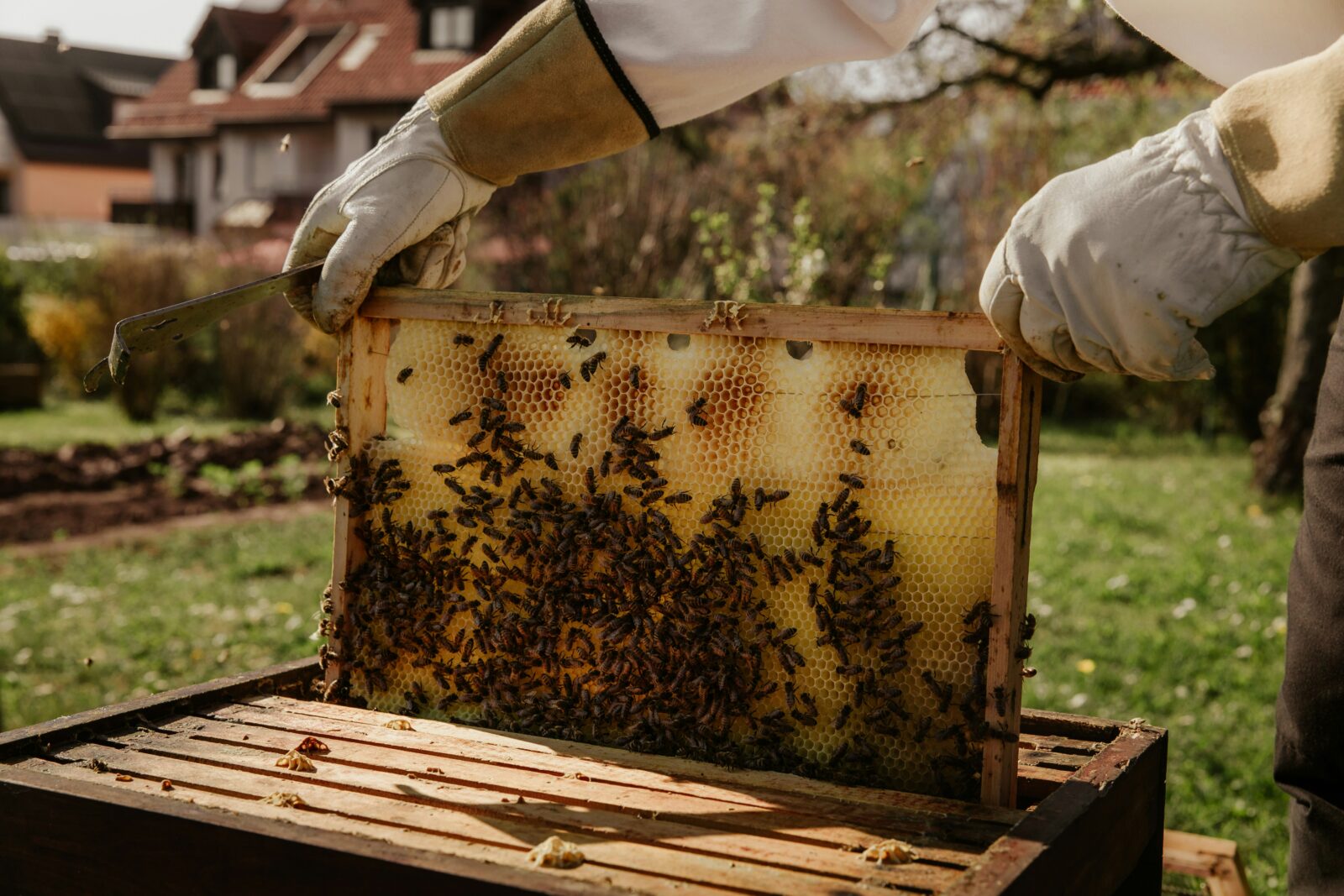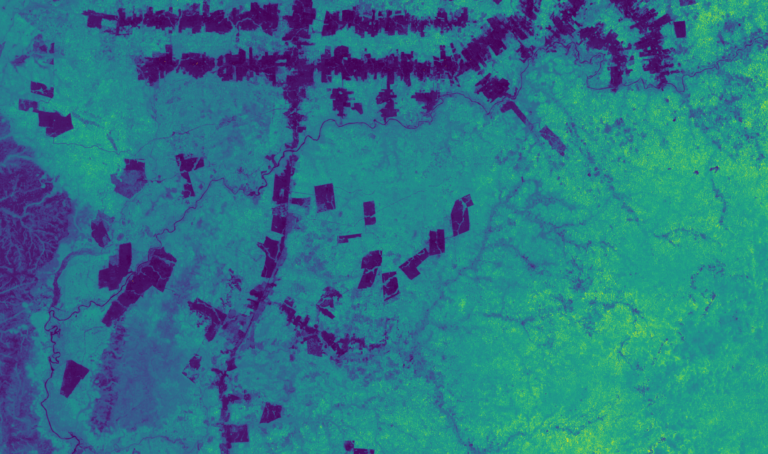Nearly all companies at the forefront of climate action are prioritizing the protection and restoration of nature as a fundamental aspect of their sustainability strategy. Agroforestry, in particular, has emerged as an especially appealing area of focus due to its significant social and economic advantages. This blog explores the unique opportunities offered by this activity and examines how companies can broaden their impact to meet their environmental goals.
What is agroforestry?
Agroforestry is a sustainable land management approach that integrates the cultivation of trees or shrubs with crops and livestock, fostering a symbiotic relationship that enriches surrounding ecosystems. Each project is designed to harmonize with local conditions.
Within the practice of agroforestry, common system configurations include alley cropping, where rows of trees are interspersed with rows of crops to maximize land use efficiency. Silvopasture, which integrates trees with pastureland, offering shade for livestock while also providing feed. Windbreaks, consisting of strategically planted trees or shrubs that mitigate soil erosion and shield crops from wind damage. And lastly, multi-story cropping, which incorporates layers of vegetation and ground-cover crops to optimize ecological resilience.
Ready to invest in high-quality forest carbon projects?
Learn more about how Pachama can help you invest in tech-verified projects or start your own project from the ground up.
What advantages does agroforestry offer?
Compared to other agricultural practices, agroforestry offers a range of unique benefits.
Incorporating trees and shrubs helps regulate water cycles by intercepting rainfall, reducing runoff, and improving water availability for crops. Additionally, tree roots can improve soil structure, nutrient cycling, and ultimately foster healthier and more productive soils.
Animals also play a vital role in agroforestry systems, contributing to soil fertility by providing organic matter in the form of manure. Moreover, they convert low-value plant materials into valuable products like milk or eggs, thus diversifying income streams for farmers and local communities. Additionally, animals serve as natural pest control agents by feeding on insects and pests that may otherwise damage crops, thus diminishing the need for pesticides.
Through the restoration of degraded lands and the transformation of marginal agricultural areas into agroforestry systems, projects can also enhance habitat quality and facilitate ecological connectivity. This creates favorable conditions for the enhancement of biodiversity.
How does agroforestry support climate action?
From a climate change mitigation perspective, the role of agroforestry cannot be overstated. Trees, as integral components of these systems, act as powerful carbon sinks, absorbing and storing CO2. This not only helps to mitigate the accumulation of greenhouse gasses from the atmosphere but also contributes to reducing the carbon footprint of agricultural activities.
Moreover, the carbon sequestration potential of agroforestry extends beyond just the above-ground biomass of trees. Tree roots, which often extend deep into the soil, play a crucial role in carbon storage below ground. As trees grow, they incorporate carbon into their root systems and surrounding soil, effectively locking it away from extended periods.
What makes agroforestry projects durable?
For any company investing in a nature-based project, the lasting climate impact, known as durability or permanence, is a top priority. One of the strongest predictors of durability is community engagement.
Agroforestry projects demonstrate durability through several key aspects. Firstly, they prioritize robust community engagement, offering training opportunities to farmers to enhance land and resource management skills. By empowering locals with knowledge of sustainable practices, agroforestry projects cultivate resilient communities poised for long-term success.
Secondly, these initiatives adopt inclusive decision-making processes, involving community members in project planning and implementation. This ensures alignment with local needs, priorities, and cultural values, fostering a sense of ownership crucial for sustained success.
Last but not least, agroforestry projects promote economic empowerment by cultivating high-value crops and forest products. This diversification of agricultural production offers farmers alternative income sources beyond carbon finance and traditional crops while ensuring the sustainable management of resources for continued community benefit.
How to evaluate
Dive into Pachama’s Evaluation Criteria 2.3 to see how we find the highest quality agroforestry projects.
What’s next for agroforestry
Through its adept integration of trees, crops, and animals, agroforestry offers multifaceted benefits, ranging from heightened productivity and biodiversity to significant contributions to climate change mitigation. Leveraging dynamic tactics, agroforestry projects not only address environmental risks but also empower communities while fostering ecological resilience.
As we progress towards a more sustainable future, it’s crucial to recognize and support the potential of agroforestry. A significant stride in this direction is represented by Pachama’s Project Evaluation 2.3, which incorporates native species checks to facilitate the assessment of agroforestry projects. This capability not only broadens the scope of evaluation but also paves the way for new supply opportunities in high-quality nature projects.






